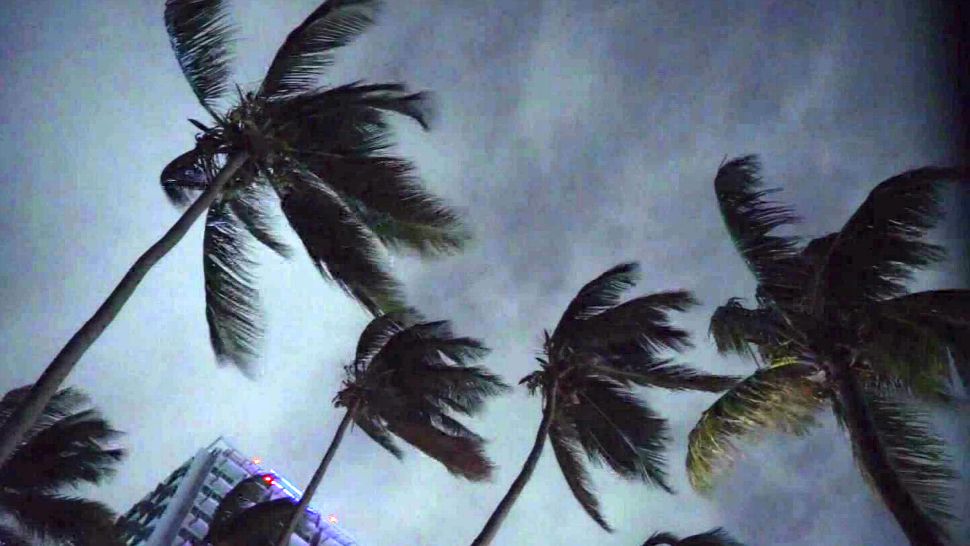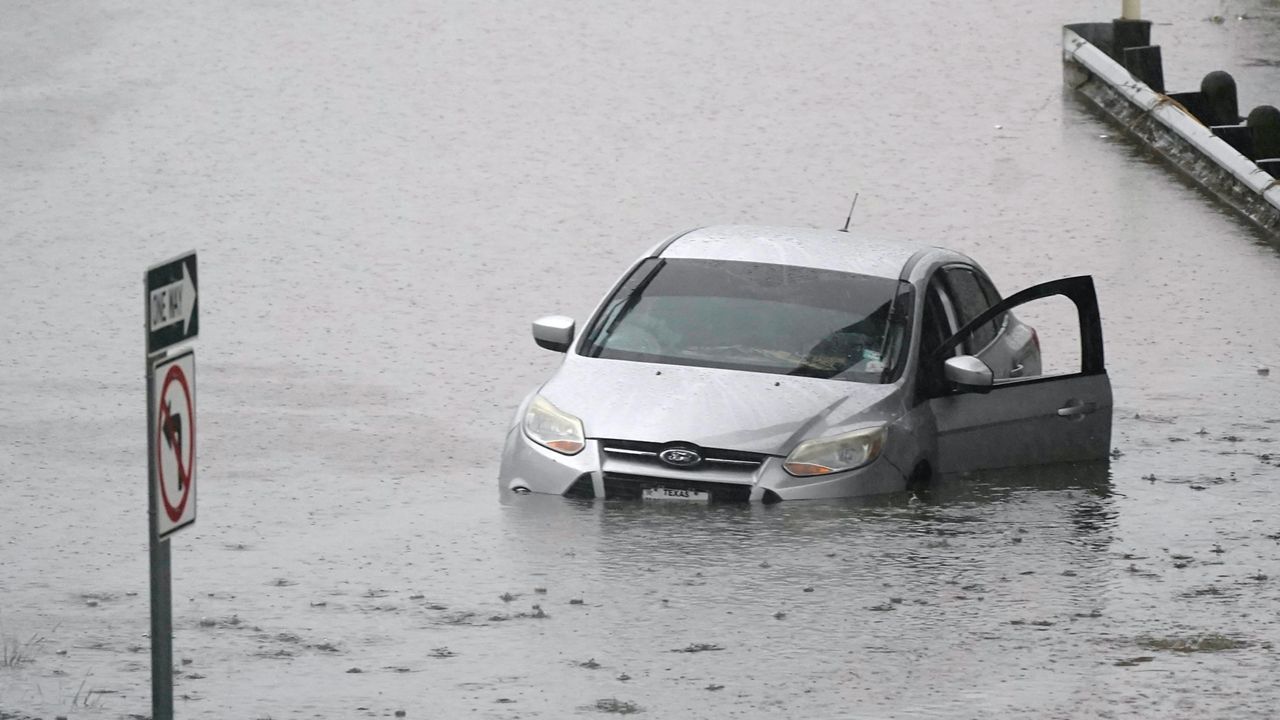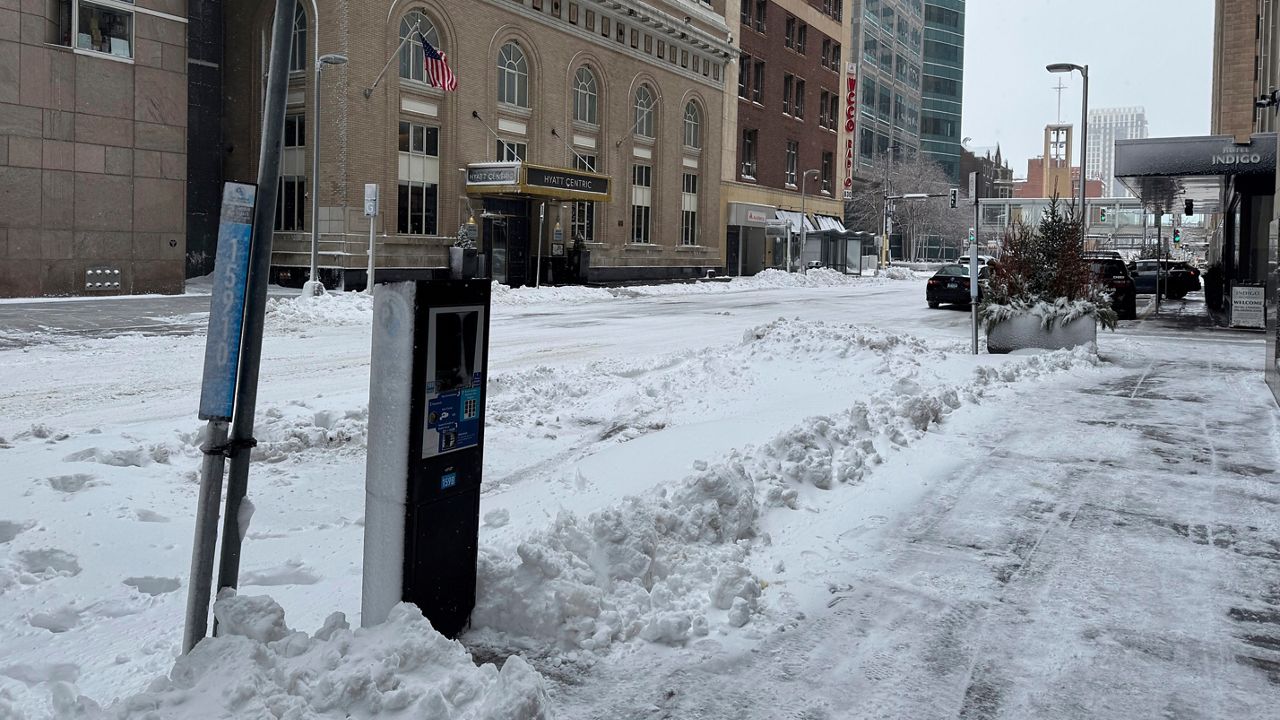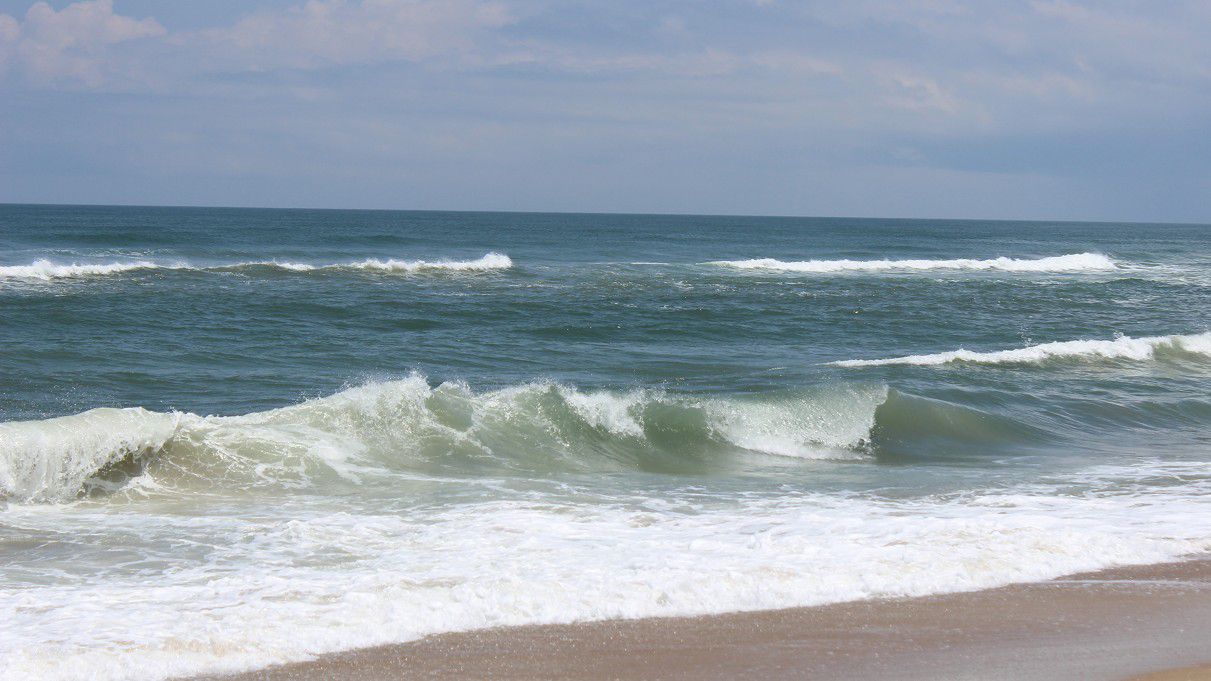NORTH CAROLINA — High winds can often be one of the most dangerous aspects of a hurricane or tropical storm. Make sure you're prepared by knowing what to expect. Also, as you make preparations, be sure to check with your insurance provider to make sure you are covered should any damages occur.
Hurricanes are classified into five categories based on their sustained wind speeds
Like with any impactful/severe weather phenomena, it's highly important to know the warning terminology in order to take approriate action
Before getting into hurricane season, it is wise to check-up and make sure you have enough homeowners insurance to repair or even replace your home
HIGH WINDS:
Hurricanes are classified into five categories based on their sustained wind speeds. The five categories are known as the Saffir-Simpson Hurricane Wind Scale. Hurricanes reaching Category 3 and higher are considered major hurricanes due to their potential for significant loss of life and property.
Tropical Storms have sustained winds less than 74mph. Category 1 and 2 hurricanes are still dangerous and demand respect and preventive measures as well.
Like with any impactful/severe weather phenomena, it's highly important to know the warning terminology in order to take appropriate action.
As a reminder, even tropical storm force winds are capable of causing damage and moving debris. In 2018, what was once major Hurricane Michael moved through North Carolina as a tropical storm and caused plenty of very significant problems.
Of course Hurricane Dorian caused some major problems last season as well. Dorian made landfall as a Category 1 hurricane near Cape Hatteras. 3 NC fatalities were reported with Dorian.
When dealing with any tropical cyclone it's always suggested to take shelter in a sturdy building as the cyclone moves in. Tropical storm force winds usually strike hours ahead of the actual center of circulation. That's why emergency officials normally have evacuations complete and shelters set up before the onset of these winds. These high winds can easily damage and destroy poorly constructed or weak structures like mobile homes.
Items like simple child's toys, road signs and other materials can be transformed into flying missiles due to the force of the wind. That's why it's highly suggested to secure any loose items around your home and to board windows for protection from debris. You can also assess your home's landscaping and the threat from falling trees around your home. The next step would be to trip back any dead limbs as well as large overhanging branches.
INSURANCE CHECK-UP
Before we get into hurricane season, it would be wise to check-up and make sure you have enough homeowners insurance to repair or even replace your home. As a reminder, standard homeowners insurance DOES NOT cover flooding. Whether you're a homeowner or renter, you'll need a separate policy for it. Do not wait to get flood insurance. Flood insurance requires a 30-day waiting period, so the earlier the better. In the event of a tropical system, make sure you have copies of your insurance documents, and be sure to take them with you if you have to evacuate.








